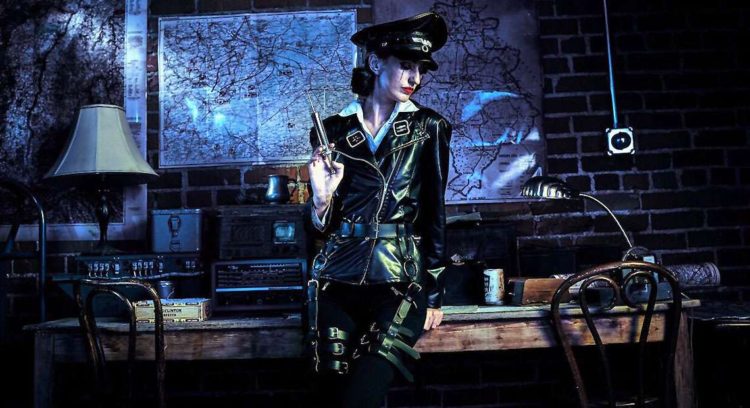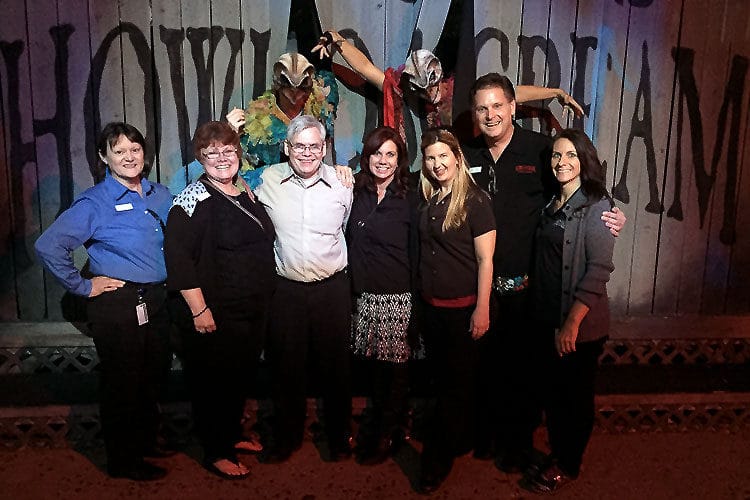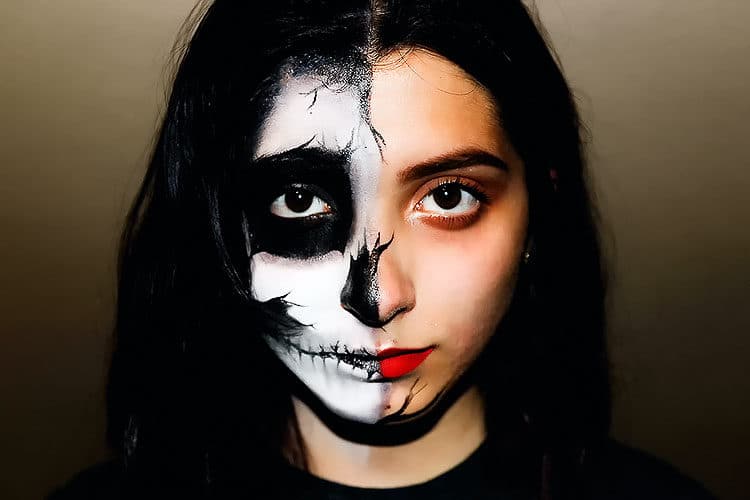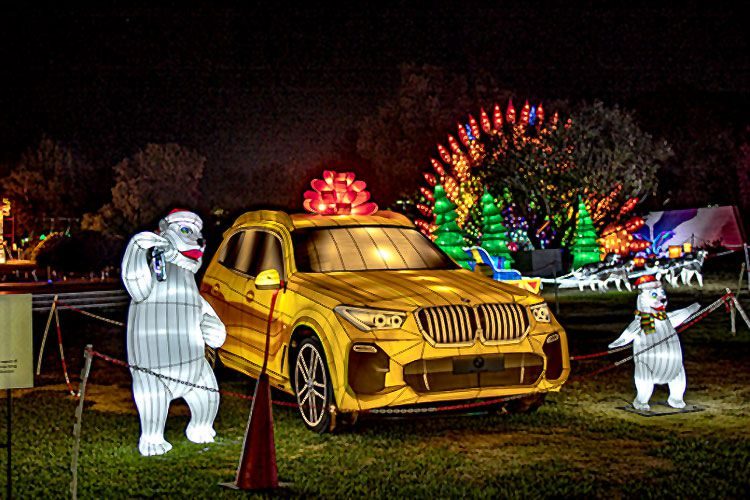Passive entertainment is a thing of the past
by Ricky Brigante
Interactive, intimate, experiential, participatory storytelling.
Those five words are those most used by creators to describe works they’ve created in the Immersive Design industry.
If your attraction, show, or experience doesn’t embody all five words, I have news for you: It’s time to change.
I’ve been part of this industry for nearly 15 years. I’ve gained industry insights by observing and reporting on attractions for the themed entertainment news site, Inside the Magic. For the past five years, I’ve worked for Pseudonym Productions to create thrilling, immersive experiences that connect people in meaningful and unexpected ways.
During the time I’ve spent experiencing, covering, and creating immersive experiences, I’ve never seen such a critical moment in themed entertainment as exists right now.
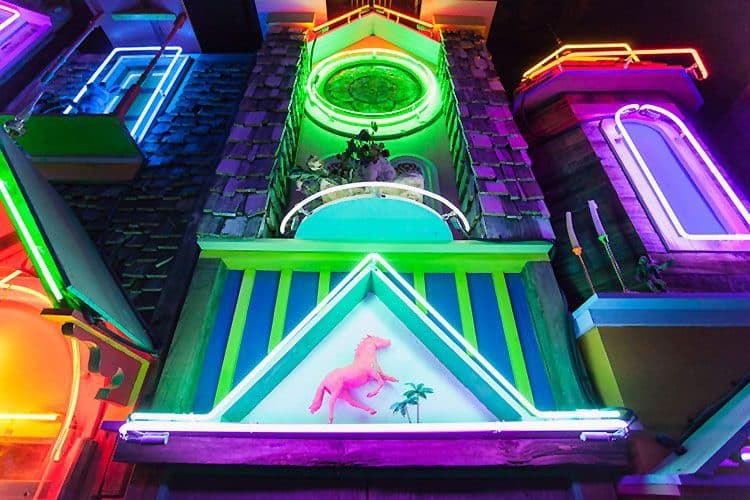
INTERACTIVE, INTIMATE, EXPERIENTIAL: THE IMPACT OF IMMERSIVE DESIGN
Earlier this year, I had the honor of penning the first annual report for the Immersive Design Industry, titled, Interactive, Intimate, Experiential: The Impact of Immersive Design, which I presented at the 2nd annual Immersive Design Summit in San Francisco. The 29-page report offers research, insight, and trends relating to this booming industry. The words in the title came from a survey conducted among over 100 creators in the “immersive” space working at creative companies—large and small—worldwide.
Do you own or operate an attraction and don’t think you’re part of the immersive industry? You are, even if you don’t realize it.
This industry includes theme parks, immersive theatre, escape rooms, haunted attractions, themed bars and restaurants, exhibitions, virtual reality, augmented reality, alternate-reality games, experiential marketing, and interactive art museums.
If your attraction falls even loosely under any of those categories, congratulations. You’re part of today’s hottest entertainment and design industry. But now it’s up to you to live up to your audience’s expectations.
And it will not be easy. Amazing new immersive works are being created around the world every day. 2018 saw over 700 new or updated immersive experiences in North America alone. In 2017, more than $1 billion was invested in immersive experiences.
Without including the $45.2 billion market value of theme parks, the Immersive Design Industry is valued at $4.5 billion—an astounding number that’s rising fast.
As the industry grows, audience demands are changing. It’s not good enough to offer a passive experience where passengers hop aboard a ride or walk through a maze. Today’s audiences are seeking engagement on a deeper, more active level.
To better understand what you need to do as an attraction creator to grab hold of your audiences now and in the future, it’s vital to understand what audiences are craving—and—why they’re craving it.
Let’s discuss key insights from the Immersive Design Industry report to ensure your attraction lives up to today’s expectations.
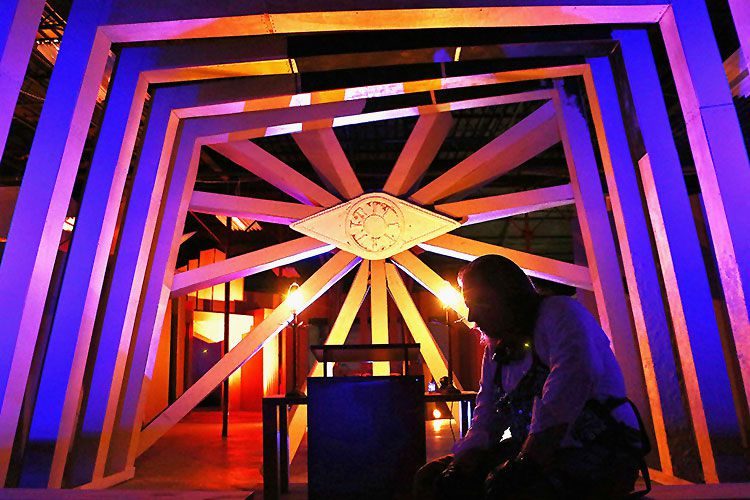
DEFINING IMMERSIVE
The earliest entertainment which moved beyond the stage or screen dates back to the 1950s and 1960s. Renaissance Faires became popular during that time, drawing thousands of attendees—who arrived in costume and embodied characters—to engage in historical reenactments.
From there, haunted attractions were born along with the earliest days of virtual reality. Then came the birth of immersive theatre and alternate-reality games, leading to the rise of escape rooms and the latest immersive trend, interactive art museums.
The Themed Entertainment Industry has included varying levels of immersive experiences for decades in theme parks worldwide. However, it wasn’t until the past decade that today’s definition of immersive began to influence design within these parks.
The gradual shift in design method focuses on viewing audiences as active participants rather than passive observers. Also, environments have become sophisticated in design, enveloping and engrossing visitors in narratives.
Immersive works aim to provide audiences a presence—often a meaningful one—within the story’s setting. It’s not essential that a work give an audience member an active role in the story, though such agency is often a defining factor of immersive entertainment. Immersive works surround audiences—either in a literal sense through captivating sets, music, lighting, performances, and/or technology—or in a figurative sense in that the audience can “lose” itself in the story.
What separates immersive works from those seen on a screen or stage is breaking the metaphorical “fourth wall.” Audiences become an essential part of the overall entertainment because the experience offers little to no separation between the audience and the work itself. But audience participation unto itself isn’t enough to classify a work as immersive. Whether actors perform the work or achieved through technology, sets, or other theatrics, it’s necessary for immersive productions to integrate audiences, so they feel part of the entertainment.
Immersive entertainment spans genres and intent. Many immersive works are charged, designed to forge a simulacrum of a relationship between audiences and the story’s characters. Immersive works may aim to enrich, educate, or entertain.
Immersive entertainment uses the full bandwidth of a participant’s attention to create an unparalleled layer of engagement. This “total engagement” often leads to memorable experiences that some participants find significant.
With technological immersion, the physical world is emulated through digital means—whether through VR headsets or by altering how the physical appears and reacts.
Whether achieved through technology or theatrics, immersion is used to alter how the real world is perceived or interacted with, to allow audiences to have the perception of being present in a world that somehow differs from the everyday.
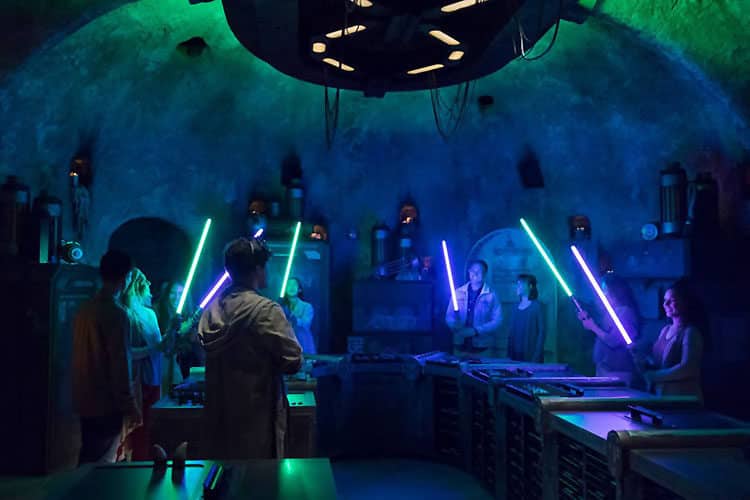
IMMERSIVE EVOLUTION
Disney has led the themed entertainment/theme park industry since the 1950s. In its fiscal year 2017, the Walt Disney Parks and Resorts division rose 8% year-on-year bringing in a commanding $18.4 billion in revenue. In recent years, Disney has seen increasing competition from Universal Parks & Resorts, which saw $5.4 billion in revenue in 2017. The themed entertainment industry continues to expand and thrive worldwide, with 8.6% overall growth. The industry cites ”immersive theater” as one of the biggest upcoming trends.
Other planned immersive spaces include: Punchdrunk’s Los Angeles location, Third Rail Projects’ expanding productions, Museum of Ice Cream’s goal of opening a themed hotel, and Meow Wolf‘s new location plans for in Las Vegas, Denver, and Washington, DC.
The virtual reality and augmented reality (XR) markets are less clear; Industry projections for VR location-based entertainment ranges from an $800 million market in 2022 to a $12 billion market in 2022. Either way, growth is in its future. It’s a certainty that XR continues to be a hot offering for new experience seekers, particularly techies.
It’s not all about commercial success. 2018 was full of buzz-worthy immersive events and moments that helped push this industry into mainstream conversations. Beyond the first annual Immersive Design Summit, the release of Steven Spielberg’s “Ready Player One” film brought a glimpse into the possible VR future to the masses.
Meanwhile, experiential marketing agency Giant Spoon and design firm mycotoo (amongst others) brought the town of Sweetwater to life from HBO’s hit show “Westworld.” The experience involved multiple storylines and over 60 live actors performing in a multi-day run. Secret Cinema in London celebrated its 10th anniversary by creating Ridley Scott’s “Blade Runner” in London for 16 weeks and is preparing to make “Stranger Things.”
Many independent immersive events now have cult followings. In 2018 Blackout created many immersive happenings at the Overlook Film Festival in New Orleans. This year CreepLA will showcase at Overlook plus remount their successful shows “The Willows” and “Lore” (an Amazon partnership).
After an absence in 2017, Delusion returned in 2018 with “The Blue Blade” as their the first-non-Halloween attraction. The Tension Experience and the Russo brothers (directors of “Avengers” films for Disney) partnered to create new immersive experiences in Las Vegas.
To ensure the evolution of this industry, Meow Wolf has partnered with the Creative Startups accelerator program. Meow Wolf offers their expertise to growing companies through the accelerator—including us at Pseudonym Productions!
Whether striving for ROI or social impact, companies, organizations, and artists within the Immersive Design Industry have the power to affect audiences like never before.
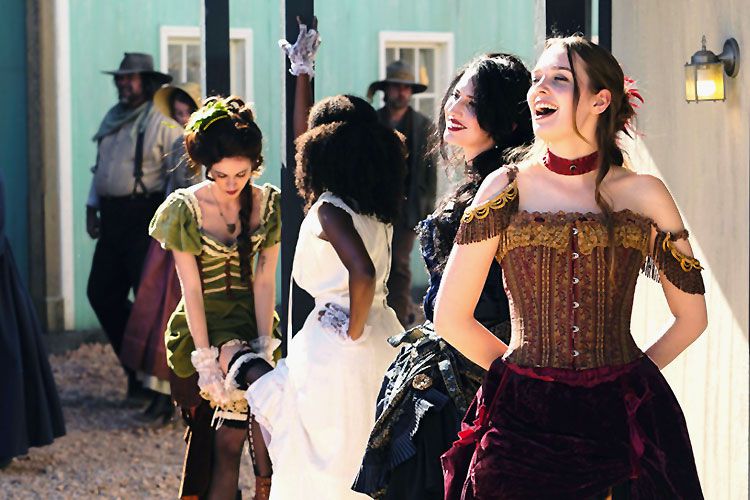
IMMERSIVE FUTURE
Audiences will expect increasing levels of personal attention as the desire for immersive experiences increases. Such attention makes scaling a top challenge for creators of immersive works. Sustainability is another challenge because of the high production costs and low throughout of immersive experiences.
But it’s a challenge worth tackling.
We’re entering the immersive revolution. Keep your hands, arms, and legs inside the industry at all times. And hold on tight—this will be a wild ride. Don’t get left behind.
ABOUT THE AUTHOR
Ricky Brigante
Ricky Brigante is an immersive entertainment expert and founder of Inside the Magic, a respected source of themed entertainment news and information. After 13 years as Editor-in-Chief, Ricky sold Inside the Magic in 2018 to become a designer of immersive experiences. Now, as Vice President and Creative Technologist at Pseudonym Productions, Ricky helps create uniquely interactive entertainment that entices audiences to push boundaries and question reality. After four years of creating physical and digital experiences in Orlando, Los Angeles, and New York, Pseudonym recently moved to Philadelphia to debut a new series of ambitious immersive experiences.
